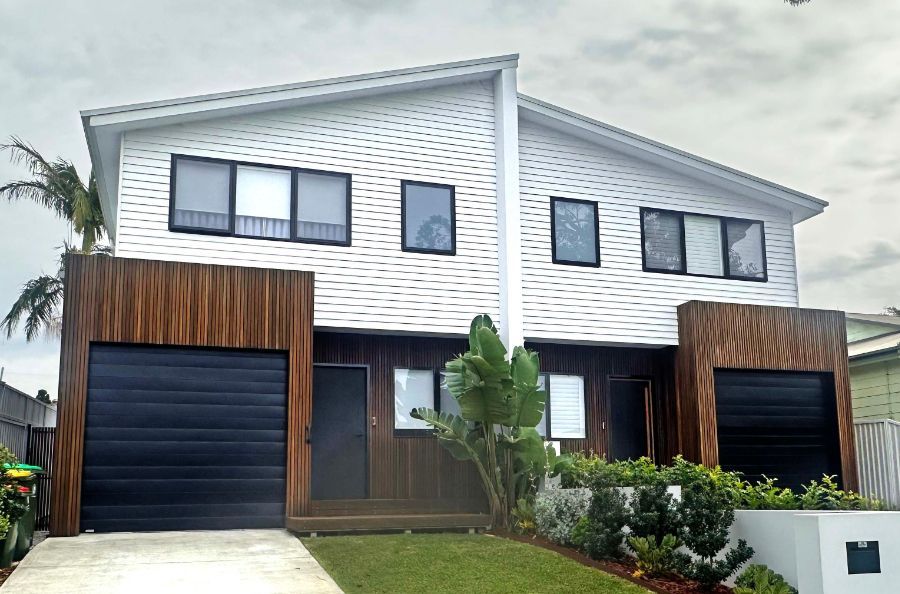3 Key Differences To Rent Your ADU When You Live In The Property

In Long Beach, CA. The development and rental of Accessory Dwelling Units (ADUs) has increased in popularity due to the rising housing demand. Though renting an ADU while living in the primary home introduces a number of differences from traditional rental arrangements. First-time landlords looking to test the waters of real estate often start with renting an ADU and quickly learn that not all great tenants make for great neighbors.
Below, we’ll go over three key differences you’ll have to keep in mind when renting an ADU while you live in the main home.
Landlord-Tenant Dynamics
When your neighbor is your tenant, the traditional separation between tenant and landlord is significantly reduced. Being physically close to your tenants may increase the likelihood of unintentional boundary crosses, which in some cases can contribute to misunderstandings. For this reason, landlords need to structure clear agreements and expectations regarding shared access to the outdoor areas, entrances, and noise levels. Additionally, depending on how your ADU was built, you may need to share utility responsibilities with your tenant. Most ADUs share the same electrical service between the ADU and the primary residence. This can be used as a selling point by including utility costs in the rent, though keep in mind that you’ll be responsible if your tenant uses more than you’ve accounted for.
For example, landlords living in the main residence may inadvertently create tension if a tenant perceives the presence of the landlord as excessive oversight. On the other hand, a tenant may ask for more informal requests due to the proximity. This can result in blurred roles and potential disputes.
On-site Property Management
Living in the primary residence can simplify some elements of property management, such as routine inspections, general maintenance, emergency repairs, and rent collection. Much like an onsite manager, small issues such as leaking faucets or replacing a lightbulb can be addressed quickly without the need for a third-party repairman. This is especially true if you’re a handy landlord. That being said, this perceived availability may lead to higher expectations from your tenants for immediate responses. Without clear boundaries, your tenants may begin making requests casually, or outside of appropriate hours for simple repairs. This casual approach can result in miscommunication or improper documentation. Ultimately, this led to a falling out between both parties, making it difficult for landlords to maintain a healthy separation between them and their rental obligations.
Tenant Screening Priorities
Screening tenants is the best way to find the right tenant for your rental. This can help weed out less-than-ideal tenants. Screening tenants can show you their financial stability, rental history, and credit history. However, when the landlord resides on the property, tenant screening must account for more than just financial qualifications and rental history. You’ll have to keep in mind the renter’s lifestyle, habits, and interpersonal conduct as they can affect the quality of shared living spaces. Finding a resident who is compatible with you also makes it easier to keep tenants happy. Assuming the ADU is physically separated from the primary house, factors such as pets and work schedule may influence your decision.
You’ll need a different approach to renting an ADU while you live in the front house compared to renting out an apartment or single-family home. Mainly in that you’ll have to manage a closer landlord and tenant dynamic. A
property management company can be the buffer needed to ensure your tenants don't cross any boundaries. If you need help listing your ADU for rent or you need help managing your Beach City rental property, we invite you to call us today at (562) 888-0247 or complete our
Owner Application online.





